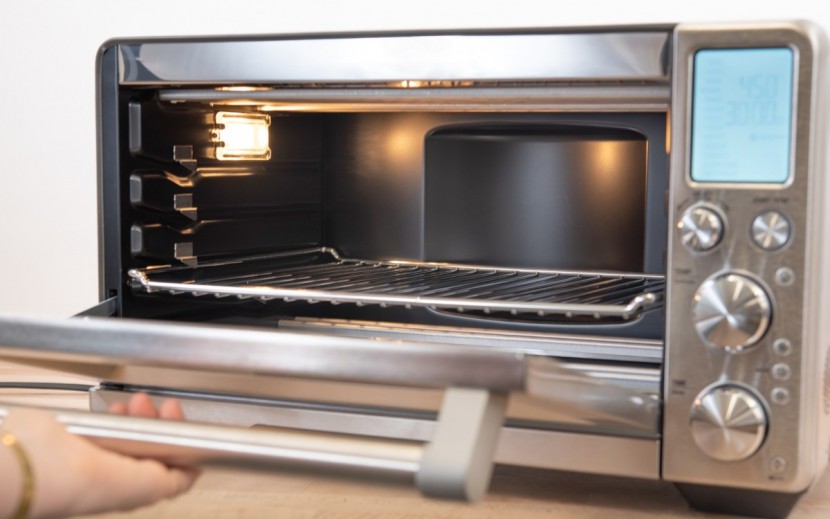To find the best air fryer, we scoured the internet and talked to kitchen professionals; we then whittled our list down to the cream of the crop and purchased each model. Then, we made copious amounts of onion rings, sweet potato fries, donuts, tater tots, and chicken breasts. After gorging on what felt like 10 Thanksgivings worth of food and all the cooking and cleaning that bookended said feast, we ranked each fryer based on performance in four metrics.
Cooking Performance
We focused on four foods: sweet potato fries, donuts, chicken breast, and frozen tater tots. This lineup covers all the bases with deep-frying staples, meat, frozen items, and a unique challenge with the donuts.
We made these foods on the assembly line, doing a single batch in one fryer and then moving on to the next. This ensured that all ingredients were in the same condition when they entered each cooker. To the same end, we prepped each recipe in a large batch and then cooked parts in each model. We generally cooked each item using the same settings in each fryer unless the manufacturer had any special recommendations for prepping a certain food type. In those cases, we followed the manufacturer's recommendation. We want to note that we used a small amount of spray cooking oil for each recipe; none were completely oil-free.
We air-fried sweet potato fries, onion rings, donuts, chicken, and tater tots for each recipe. After the food was cooked, we had a panel of seven testers taste each item, rating each on its relative crispiness, evenness, overall texture, and general yumminess.
User-Friendliness
We focused on three major things. We assessed how intuitive and easy to understand each model's interface was. Many of these devices double as dehydrators or have multiple cooking modes, so easily navigating through settings is necessary. We evaluated how easily each fry basket slid in and out of each machine. Many recipes require taking the fry basket out mid-cook, shaking, and spraying some oil onto the food. Thus, easily removing and replacing the fry basket with one hand is a huge plus.
We assessed the number of cooking options and temperature settings each model offered. Surprisingly, some of these devices are somewhat limiting in their adjustability, which can be frustrating when searching for recipes.
Ease of Cleaning
This was an easy one to test. After making so much food, we had a lot of messes to clean up, which turned into sessions of diligent note-taking. We specifically paid attention to how easy it was to scrub each fry basket, whether or not there were any grooves or holes that would allow gunk to buildup, and what shape our sponges were in after cleaning (some fry baskets have a surprisingly cheese-grater-like quality to them).
Temperature Accuracy
In determining temperature accuracy, we used two calibrated cooking thermometers. For each test, we placed both thermometers into the fryer, set it to 300 degrees, and allowed a healthy 20 minutes to preheat. We then checked the temperature on both thermometers (they always matched, ensuring both were correctly calibrated). We repeated the process, setting the temperature at 350˚, 375˚, and 400˚, allowing five minutes for the cooker to get up to each new temperature. The bigger the discrepancy between our thermometers and the set temperature on the cooker, the lower the score. The closer together those two numbers were, the higher the score. We also measured the exterior temperature for those who prefer their fryer to have a cooler surface temp.
For this, we heated each unit to 400˚ for 20 minutes and then recorded the temperature on the front of the machine. We set an ideal threshold of 140 degrees Fahrenheit.



